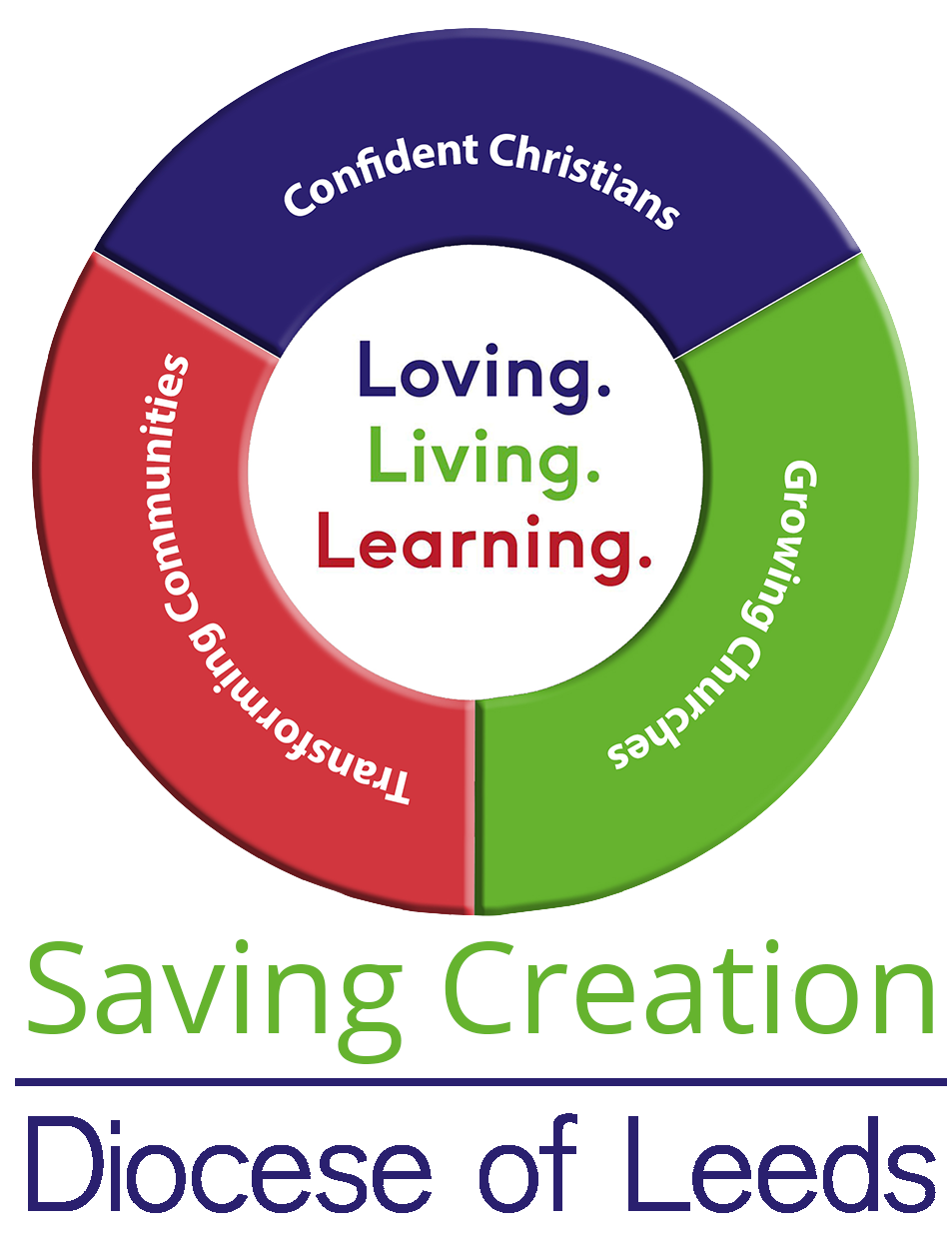“Our Saving Creation strategy encourages us to grow in discipleship, re-frame our living together, and re-shaping the way we see our commitment to God and each other.”
The Rt Revd Nick Baines, Bishop of Leeds
 Saving Creation: Strategic action to combat climate change
Saving Creation: Strategic action to combat climate change
Join us on the journey to become a carbon net zero church. We invite you to start on this pathway by using the new Churches Toolkit. Find out more about churches who are already working to be carbon net zero.
Saving Creation: Net Zero Carbon by 2030 guide
A practical guide to help your church reach net zero carbon
Saving Creation: Churches Case Studies
Template Carbon Net Zero Parish Plan
Why become a carbon net zero church?
Our Saving Creation: Net Zero Carbon by 2030 guide explains why we are all called to urgently responding to climate breakdown.
Where should we start?
The Church of England's A practical guide to help your church reach net zero carbon has all the details about how your church can reach this target, including how best to start.
Is it possible to be a carbon net zero church?
Yes, if the carbon emissions that the church produces are less than the emissions that it captures or sequests (eg by planting extra trees). Initially, the Diocese of Leeds and the national Church of England have committed to being carbon neutral for Scope 1 and 2 emissions – that means carbon dioxide from any fossil fuels burnt directly (that’s gas and oil heating and petrol/diesel for vehicles) and any emissions from burning fossil fuels to generate electricity.
Cutting down on wasted energy use and unnecessary travel, moving to some form of electric heating and electric vehicles and ensuring that your electricity comes from a renewable source is the route to net zero. Find out more in A practical guide to help your church reach net zero carbon.
Read about churches who are on the journey to carbon net zero Saving Creation: Churches Case Studies.
Need Help?
 |
Rosalind Cooper Net Zero Carbon Programme Manager rosalind.cooper@leeds.anglican.org |
You can also contact your local Area Environment Champion who will be able to support you. Their contact details are available here.
What is the Diocese doing to cut its carbon emissions?
The Diocese of Leeds has committed to strive to be carbon net zero by 2030 in line with the national Church of England. During 2020 and 2021 a cross diocesan team worked to develop the Saving Creation Strategy with a wide range of actions running through every aspect of Diocesan life, which is now being implemented.
This includes action for our church schools, clergy properties, and diocesan offices and how our staff work. Our six bishops have also committed to personal actions and our three Cathedrals are drawing up their own carbon net zero action plans.
There are a new set of Sustainability Principles and Guidance for church buildings from the DAC (Diocesan Advisory Committee).
The Diocesan Grants and Loans for Church Buildings scheme is available to support churches to start to transition to carbon neutrality.
What is the Church of England doing about climate change?
In February 2020, the General Synod of the Church of England recognised that the global climate emergency is a crisis for God’s creation, and a fundamental injustice. They passed a motion calling on all parts of the Church of England to act swiftly to decarbonise and to aim to have net zero carbon emission by 2030.
While this is very challenging, it is an important prophetic ambition, which every church is invited to respond to.
The Church of England Environment Programme has a wealth of resources for parishes:
Church of England Routemap to Net Zero
Net Zero Carbon and Environmental video case studies
Webinars on getting to net zero carbon
The Energy Footprint Tool – A tool for measuring your carbon emissions